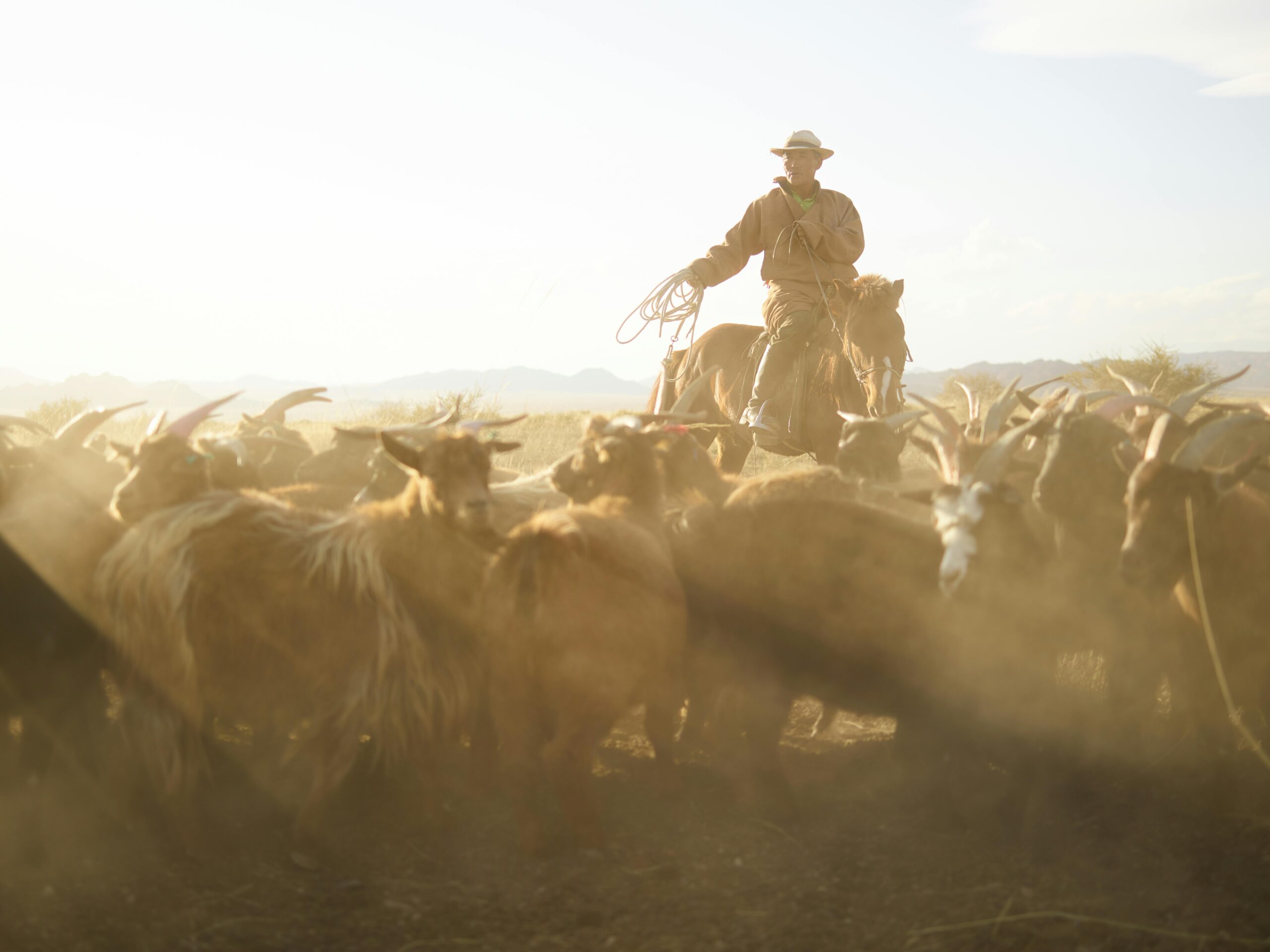Mongolia, often referred to as the “Land of Eternal Blue Sky,” is a vast and breathtaking country nestled between Russia and China. With a rich tapestry of nomadic culture, deep-rooted history, and rapidly growing urban development, Mongolia stands at the crossroads of tradition and modernization.
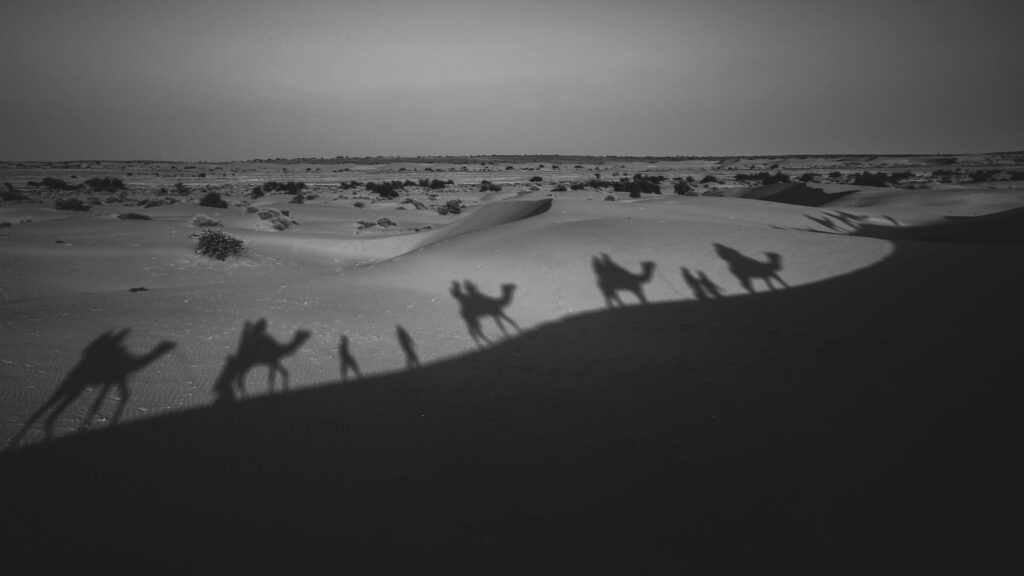
🌏 A Country of Vast Landscapes and Rich Culture
Mongolia’s geography is unique—ranging from the harsh Gobi Desert in the south to the snow-capped Altai Mountains in the west, and the fertile steppe grasslands that stretch endlessly across the country. Nearly one-third of its 3.4 million people still maintain a traditional nomadic lifestyle, herding livestock and living in gers (yurts), showcasing a living culture that has survived for centuries.
The Mongolian lifestyle is intimately connected to nature. Herders move seasonally with their animals, maintaining a deep respect for land and sky, a belief system deeply embedded in Tengrism, an ancient spiritual practice that venerates nature and the eternal blue sky.
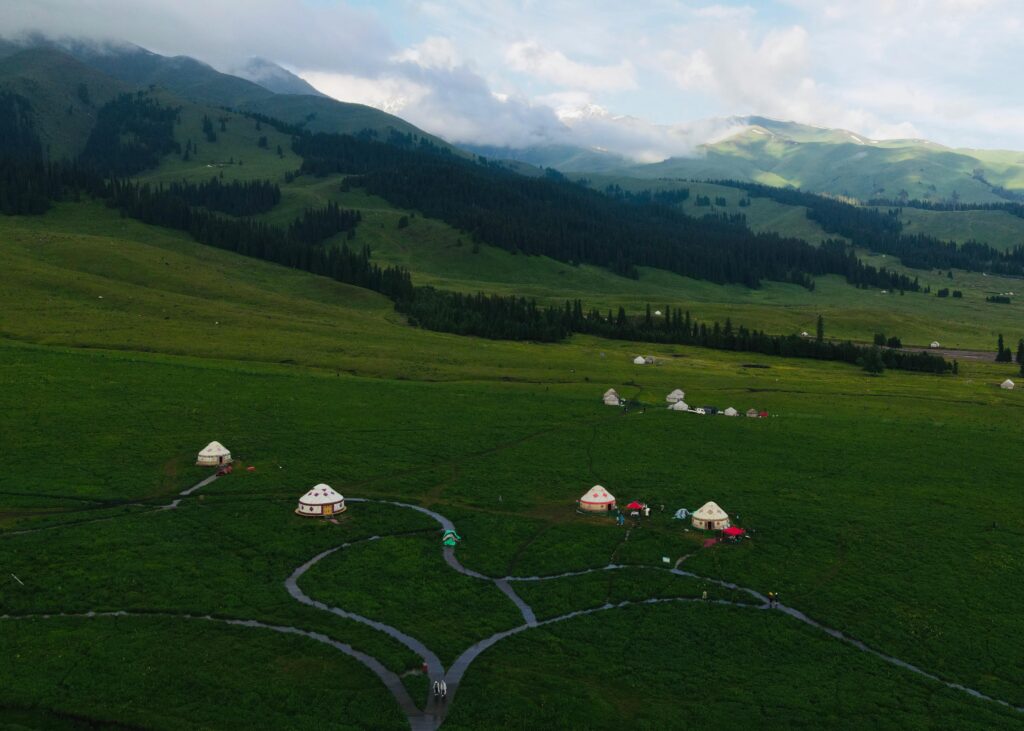
🏛 Historic Legacy of the Great Mongol Empire
One cannot speak of Mongolia without mentioning Genghis Khan (Chinggis Khaan), the founder of the largest contiguous land empire in history. In the 13th century, his leadership united the Mongol tribes and expanded across Asia and Europe, establishing trade routes and fostering cultural exchange along the famed Silk Road.
Today, his legacy is honored across the country. The giant Genghis Khan Equestrian Statue near Ulaanbaatar and the National History Museum serve as powerful reminders of Mongolia’s global impact and enduring spirit.
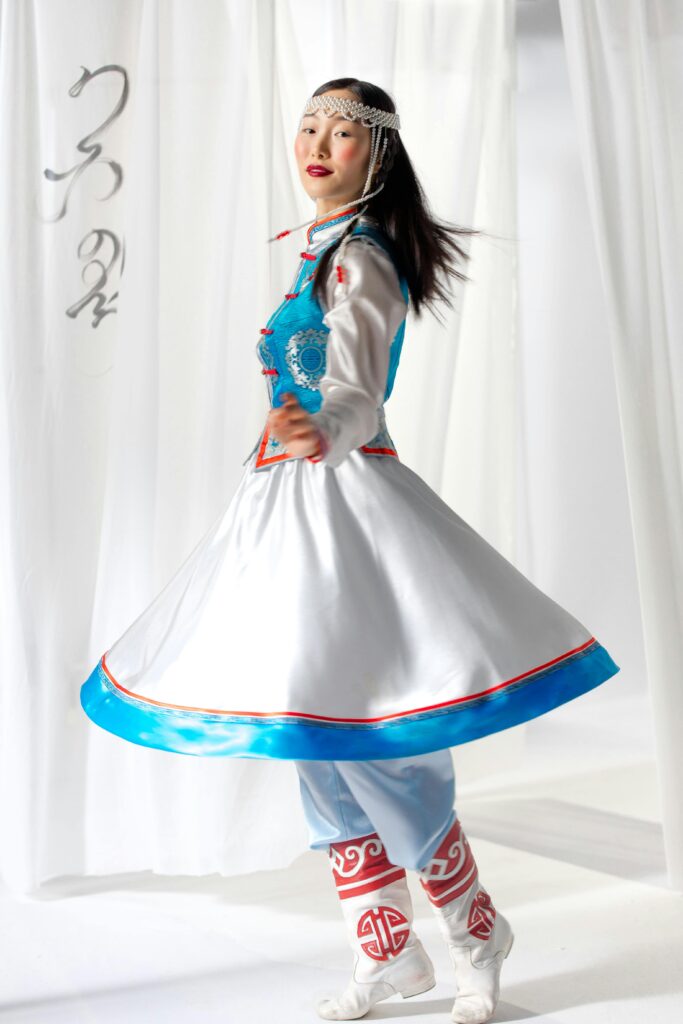
🏙 Ulaanbaatar: A City Balancing Tradition and Technology
The capital city, Ulaanbaatar, has transformed into a vibrant urban center with modern skyscrapers, shopping malls, and high-speed internet—while still preserving its traditional roots. Buddhist monasteries like Gandan Tegchinlen coexist with tech startups and international universities, symbolizing the country’s evolving identity.
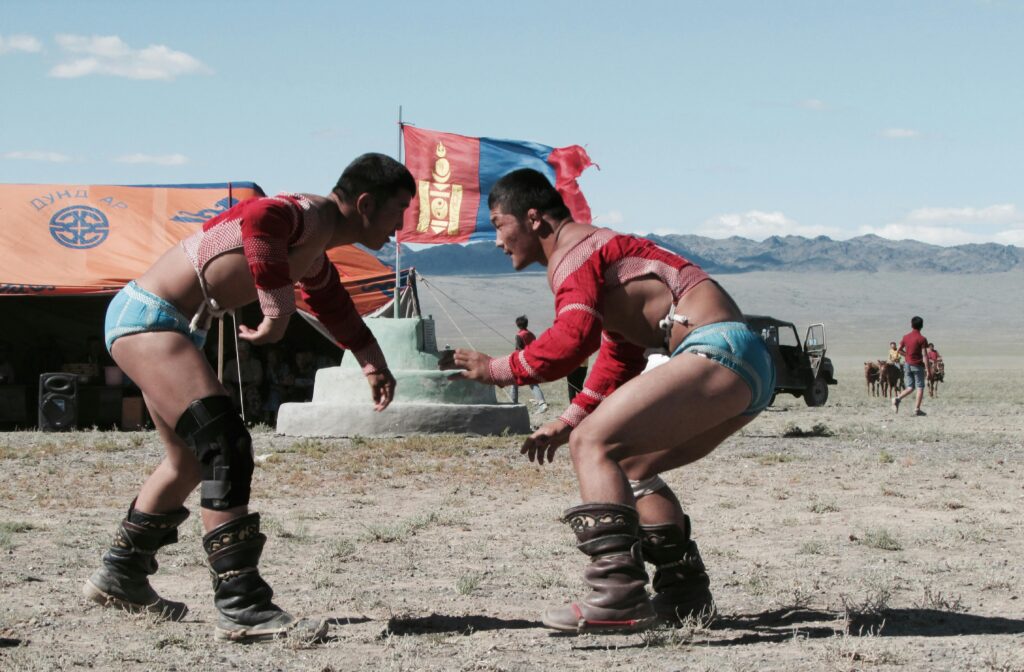
🧭 Tourism, Culture, and the Future
Tourism is a growing industry in Mongolia, attracting adventurers, nature lovers, and cultural enthusiasts from around the world. Events like Naadam Festival, held every July, celebrate Mongolia’s “Three Manly Sports”—wrestling, horse racing, and archery—rooted in centuries-old traditions.
As Mongolia continues to develop economically and digitally, it faces challenges such as climate change, desertification, and rural-to-urban migration. Yet its people remain resilient, proud of their identity, and open to the world.
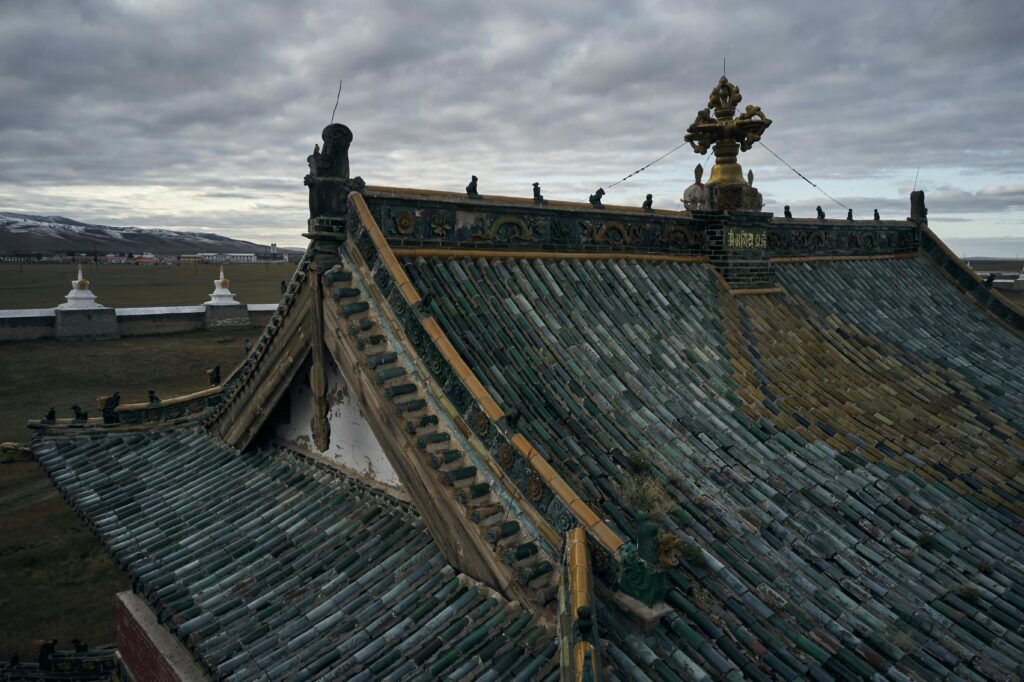
🗺 Why the World Should Pay Attention to Mongolia
In an era of globalization, Mongolia offers something rare: authenticity. It’s one of the few places on Earth where you can witness untouched landscapes, ancient customs, and genuine hospitality. Whether it’s sleeping in a yurt under a sky full of stars or sipping salty milk tea with herders, Mongolia provides a once-in-a-lifetime experience for any traveler or culture-seeker.
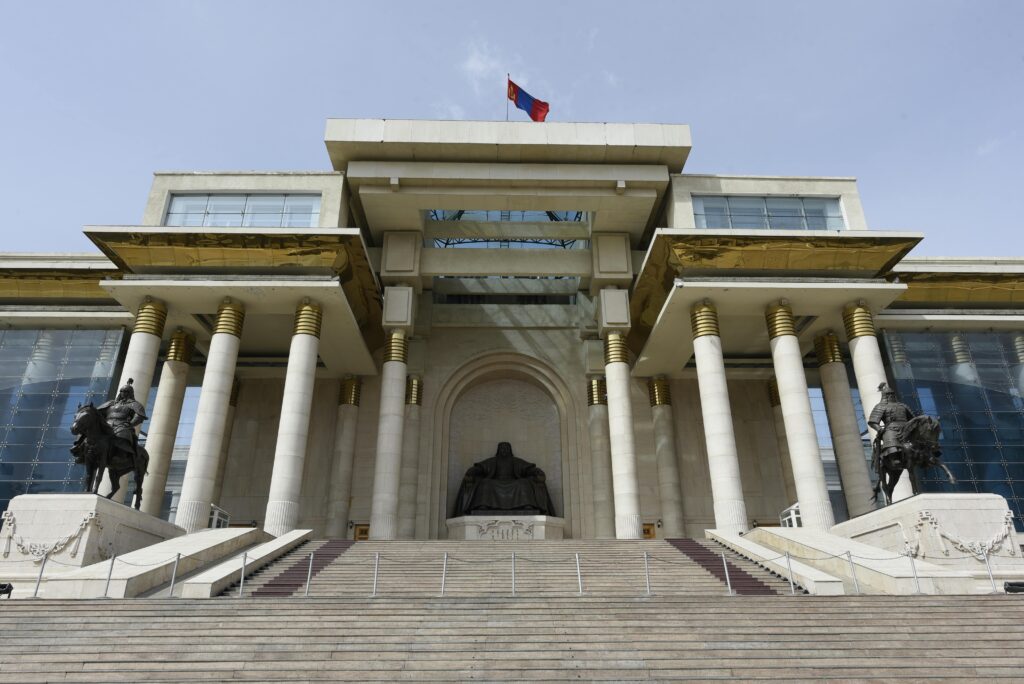
As the country navigates the 21st century, Mongolia continues to inspire with its unique harmony between past and present—a beacon of cultural preservation and proud independence.
